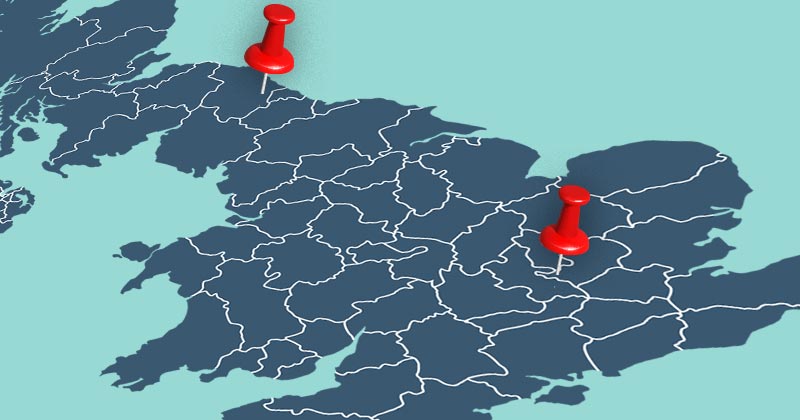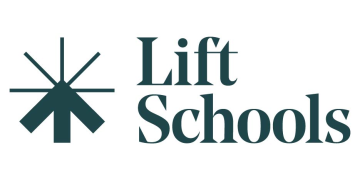Poorer pupils in London’s East Ham are over three times more likely to have a degree by the age of 22 than those in those in central Newcastle, laying bare the huge challenge in Labour’s “opportunity” mission.
Analysis by social mobility charity the Sutton Trust also found poorer pupils in the east London constituency were 30 percentage points more likely to pass GCSE English and maths than those in the north east city.
Its new index also highlights that the leafy Kent constituency of the shadow education secretary and several of the seats won by Reform UK are among the areas ranked worst in the country for opportunity, with “drastic inequalities” even within regions.
The Sutton Trust used data on more than 10 million young people across two decades.
It looked at the attainment, access to higher education, employment status and the earnings of those who were eligible for free school meals, and ranked the constituencies in England out of 543.
London dominates top areas
The north east and north west are “overrepresented among the lowest ranked areas for opportunity, as are constituencies dominated by towns and semi-rural areas”.
At the other end of the scale, 42 of the top 50 constituencies are in London.
Labour has made “breaking down the barriers to opportunity” one of its five central missions in government.
But the Sutton Trust warned this week a “tale of two cities” underscores the scale of the challenge.
East Ham, the London constituency of senior Labour MP and minister Stephen Timms, is ranked top for opportunity in England.
Newcastle Upon Tyne Central and West, represented by Labour science committee chair Chi Onwurah, ranks the lowest.
The difference in prospects between the two is “stark”, the Sutton Trust said, despite both having similar levels of free school meal eligibility (37 per cent and 35 per cent respectively).
There is a 30 percentage point difference between the proportion of pupils eligible for free school meals achieving passes in English and maths GCSE between the two areas.
Pupils receiving free school meals in East Ham are also more than three times more likely to have a degree by 22 and to reach the top fifth of earners.
Inequalities within regions
The research also found high levels of inequality between constituencies across the same regions.
Carl Cullinane, from the Sutton Trust, said they found “drastic inequalities” across the south east, “which is typically thought of as a prosperous region.

For example, in Sevenoaks, the constituency of shadow education secretary Laura Trott, 57 per cent of free school meals pupils are not in education and employment at the age of 28.
But in Bicester and Woodstock in Oxfordshire, the figure is 30 per cent.
“That’s a huge difference in employment outcomes for the poorest young people even within the same region.”
The charity said the research “underscores the scale of the government’s challenge in delivering its mission to break down barriers to opportunity’”.
It wants the Treasury to reform the national funding formula for schools so those with the highest needs have adequate funding. And the pupil premium should be increased, having lost its value in real-terms by 20 per cebt since 2014.
Free school meals should be expanded to all pupils on universal credit, and enhance financial incentives to get the best teachers into the most disadvantaged schools.
‘A startling picture’
Russell Hobby, CEO of Teach First, said the research “exposes a deep-rooted inequality that’s wasting talent and limiting lives in communities that have been overlooked for far too long.
“The government has a real opportunity at the upcoming spending review to deliver a long-lasting change. It’s a chance to back those pupils—and finally deliver the investment needed to end the deep divides that are failing our children and our country.”
Nick Harrison, CEO of the Sutton Trust, said: “This research paints a startling picture of inequality of opportunity across England. The life chances of disadvantaged young people remain strongly tied to where they grow up.
“If the government genuinely wants to break down barriers to opportunity, we need serious investment in education and economic opportunities in the ‘left behind’ parts of the UK. Failing to act is damaging the life changes of too many of the next generation.”
The report found areas with higher rates of ethnic minority young people tended to score higher. In areas with the highest numbers of ethnic minorities, the average ranking was 114. In the lowest it was 348. Areas with high numbers “dominate the top fifty”.
Labour also faces a challenge to turn around so-called “left-behind” areas of the country, in the face of a significant electoral threat from Reform UK.
Of all the political parties, the average ranking of the five seats won by Reform last year was the lowest, at 423. Labour came next, with 285.
The prime minister’s Holborn and St Pancras constituency ranks 50th, while Bridget Phillipson’s Houghton and Sunderland South seat in the north east is 464th.
















Your thoughts